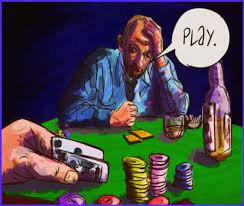ГоксБет казино (Casino GoXbet) — Зеркало

ГоксБет казино приглашает вас в увлекательный мир онлайн развлечений! Зарегистрируйтесь на нашем сайте, пополните баланс и получите фантастический бонус +200% для первого депозита! Мы предоставляем мгновенные выплаты 24/7 и удобные мобильные зеркала для бесперебойного доступа даже при блокировках. Делайте ставки и побеждайте вместе с ГоксБет казино!
Регистрация в ГоксБет казино
Регистрация на сайте ГоксБет казино - это ваш билет в захватывающий мир азартных развлечений. Пройдя эту простую процедуру за считанные минуты, вы станете полноправным членом нашего игрового сообщества и сможете в полной мере насладиться всеми преимуществами платформы. Вас ждут разнообразные игровые автоматы, выгодные бонусные программы, возможность проведения финансовых операций и надежная круглосуточная поддержка. Не теряйте ни секунды, присоединяйтесь к нам прямо сейчас!

Вход на ГоксБет казино
казино ГоксБет - это место, где можно испытать удачу и выиграть большие суммы денег. Но чтобы начать играть, необходимо зарегистрироваться. Процесс регистрации прост и быстр: откройте сайт, нажмите на кнопку "Регистрация" и заполните форму. После этого вы сможете получить доступ к полному функционалу сайта и начать играть. Кроме того, вы сможете участвовать в различных турнирах и акциях, которые предлагает казино ГоксБет своим игрокам.

Поддержка
Служба поддержки ГоксБет казино работает круглосуточно, чтобы игроки могли получить помощь в любое время. Сотрудники внимательно выслушают ваш вопрос и предоставят развернутый ответ, основываясь на глубоких знаниях платформы. Необходимые контакты можно найти в футере сайта.




